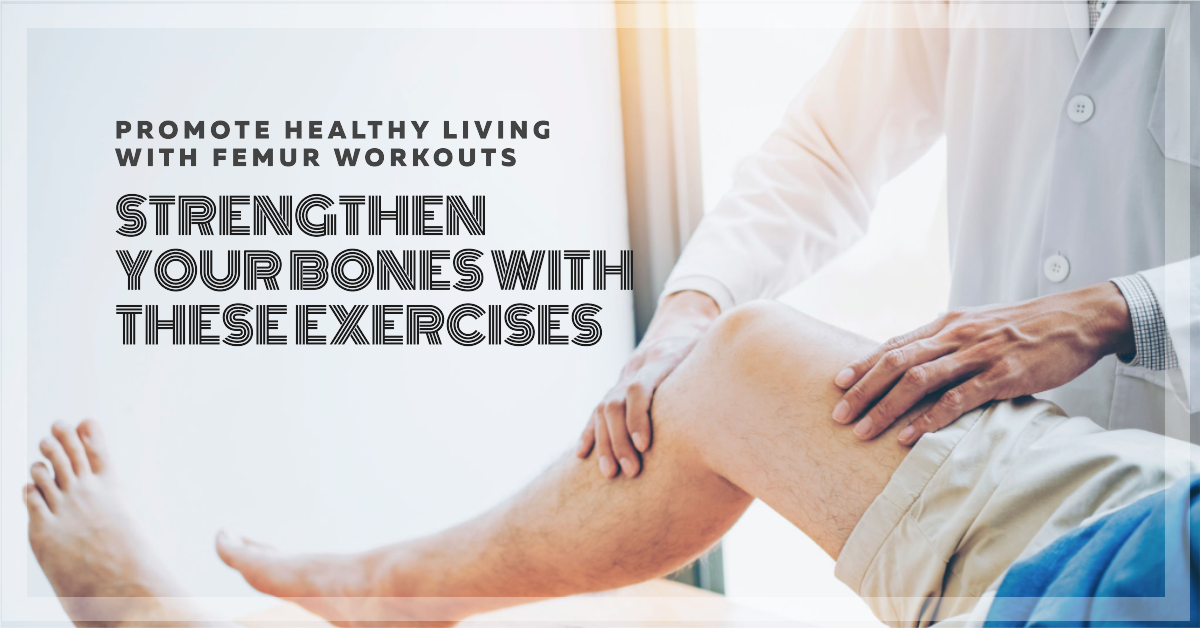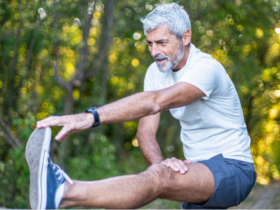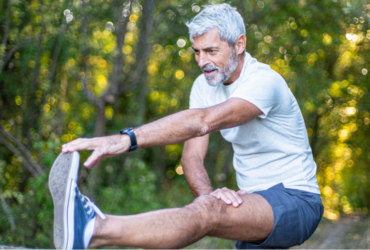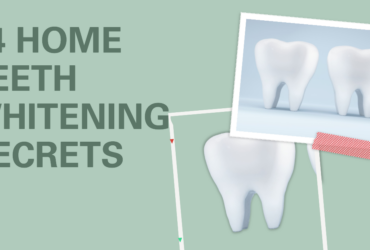Have you ever wondered about the key to maintaining strong and healthy femur bones? The femur bone, also known as the thighbone, is the longest and strongest bone in the human body. It plays a crucial role in supporting our body weight and facilitating movement. Engaging in femur bone exercises can significantly contribute to improving bone health, preventing injuries, and enhancing overall well-being. In this comprehensive guide, we’ll delve into various femur bone exercises that can help you strengthen and support this essential bone.
Table of Contents
Why Femur Bone Health Matters
Before we dive into the specific exercises, it’s important to understand why femur bone health is crucial. The femur bone forms the foundation of our skeletal structure, providing stability and mobility. As we age, bone density tends to decrease, making bones more susceptible to fractures. Engaging in regular femur bone exercises not only strengthens the bone but also enhances its density, reducing the risk of fractures and osteoporosis.
Femur Bone Exercises: Building Strength and Resilience
Femur Flexor Stretch
Kickstart your bone-strengthening journey with the Femur Flexor Stretch. This exercise targets the hip flexors and quadriceps while enhancing flexibility. To perform:
- Stand upright and take a step forward with your right leg.
- Bend your right knee, ensuring it’s directly above your ankle.
- Lower your left knee toward the ground, feeling a stretch in the front of your left hip.
- Hold the stretch for 20-30 seconds, then switch legs.
Thigh Master Squeeze
The Thigh Master Squeeze is a simple yet effective exercise that engages the muscles around the femur bone. You’ll need a soft ball or cushion for this exercise. Here’s how:
- Sit on a chair with your back straight.
- Place the ball between your thighs.
- Squeeze the ball using your thigh muscles for 10-15 seconds.
- Release and repeat for 3 sets.
Squats for Strong Femur Bones
Squats are a classic lower-body exercise that targets multiple muscle groups, including those surrounding the femur bone. To perform squats correctly:
- Stand with your feet shoulder-width apart.
- Lower your body by bending your knees and pushing your hips back.
- Keep your back straight and chest lifted.
- Rise back up to the starting position.
Resistance Band Leg Press
This exercise simulates a leg press machine using a resistance band. It effectively engages the quadriceps and hamstrings, contributing to femur bone strength. Here’s how to do it:
- Sit on the floor with your legs extended and the resistance band around your feet.
- Hold the band’s ends in your hands, keeping your arms straight.
- Bend your knees and bring them towards your chest, stretching the band.
- Slowly extend your legs back to the starting position.
Balancing Lunges: Stability and Strength
Balancing lunges target the quadriceps, hamstrings, and glutes while improving balance and stability. Follow these steps:
- Stand with your feet together.
- Take a step forward and lower your body into a lunge position.
- Ensure your front knee is directly above your ankle, and your back knee is slightly above the ground.
- Push back up and return to the starting position.
- Alternate legs and repeat.
Wall Sit: Isometric Strength
The wall sit is an isometric exercise that strengthens the femur bone and surrounding muscles. It’s a great exercise to improve endurance and stability. Here’s how:
- Stand with your back against a wall.
- Slide down until your knees are bent at a 90-degree angle.
- Hold this position for 30-60 seconds.
Incorporating Aerobic Activity
Engaging in aerobic exercises like walking, jogging, or swimming can further enhance bone health. These activities promote blood circulation, which is essential for delivering nutrients to bones.
Conclusion
Incorporating femur bone exercises into your regular fitness routine is a proactive step towards enhancing bone health and overall well-being. Remember that consistency is key, and the benefits of strong femur bones extend beyond physical appearance – they contribute to your ability to move, perform daily activities, and enjoy an active lifestyle. By dedicating time to bone-strengthening exercises, you’re investing in your future mobility and vitality.
FAQs
-
Are femur bone exercises only beneficial for older adults?
No, femur bone exercises are beneficial for individuals of all ages. Engaging in bone-strengthening activities from a young age can help build strong bones that last a lifetime.
-
Can I do these exercises at home without any equipment?
Absolutely! Most of these exercises can be performed at home without any specialized equipment. You can use your body weight or simple props like a soft ball or resistance band.
-
How often should I perform these exercises?
Aim for at least 3-4 times a week. Consistency is key to seeing positive results in bone strength and overall health.
-
Can I do these exercises if I have an existing medical condition?
It’s recommended to consult your healthcare provider before starting any new exercise routine, especially if you have a medical condition. They can provide personalized guidance based on your health status.
-
Are there any dietary recommendations to support bone health?
Yes, maintaining a diet rich in calcium and vitamin D is essential for bone health. Incorporate dairy products, leafy greens, and fortified foods into your diet.
-
Can I combine these exercises with other forms of physical activity?
Absolutely. Combining femur bone exercises with cardiovascular activities and flexibility exercises can provide a well-rounded fitness routine.
By engaging in these targeted workouts, you’re taking proactive steps towards promoting bone density, joint mobility, and long-term well-being. Remember, your body’s foundation starts with the femur bone, and caring for it leads to a stronger you. To explore more insightful articles on bone health, exercise regimens, and holistic fitness, click here. Stay committed, stay active, and invest in the health of your bones – they support you every step of the way.














Leave a Reply
View Comments